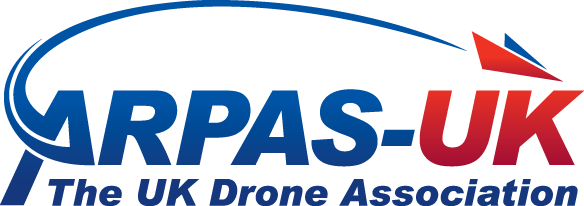The CAA has today, 15 October 2024, announced CAP3040: Unmanned Aircraft Operations in an Atypical Air Environment: Policy Concept. It will enable drones to fly beyond the visual line of sight (BVLOS) of remote pilots using ‘atypical air environments’.
This new policy marks a significant milestone for the future of drone operations for use in surveying national infrastructure and site security.
What is an atypical air environment? It’s an area of airspace where operators can expect there to be a reduced number of traditionally piloted aircraft, due to the proximity of ground infrastructure.
MEMBERS ONLY: you will separately have access to the Atypical Air Environment slide deck (via the NATMAC 96 post) and internal virtual debrief meeting.
ARPAS-UK welcomes and supports the introduction of the Atypical Air Environment policy, as an incremental step to facilitate BVLOS operations in lower risk environments, where no other aircraft is expected to be, for example just above assets that are inspected. These will already unlock a lot of economic value, and help the industry accumulate experience and flying hours in BVLOS.
- New Drone Rules: The UK Civil Aviation Authority has introduced new rules allowing drones to fly beyond visual line of sight (BVLOS) for infrastructure inspections.
- Enhanced Capabilities: These rules will enable efficient inspections of power lines, wind turbines, and site security, reducing costs and improving maintenance.
- Innovative Policy: The policy supports the integration of drones into regular airspace, ensuring safety and operational efficiency.
- Industry Collaboration: Companies like sees.ai and National Grid are collaborating to leverage these new rules for better infrastructure management and energy transition.
15 October 2024

